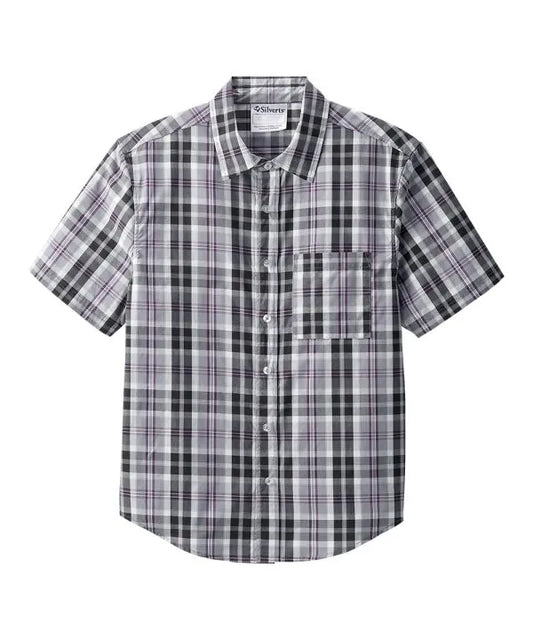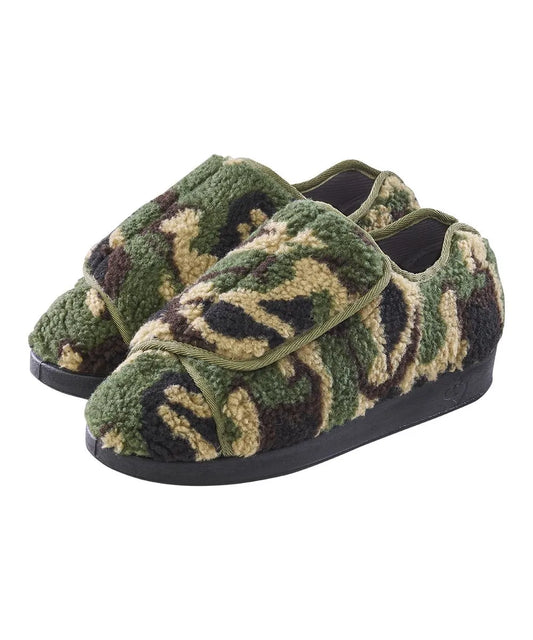Written by Guirkat Singh and reviewed by Lourdes Duah
Wearing the right size shoes is vital for so many reasons, from comfort and well-being to general usefulness. Shoes that don't fit properly can cause a lot of problems, from minor discomfort to long-term injuries and pain. Before we dive into the ways to determine your shoe size and width, let’s review why these measures are so important:
Maintaining good foot health, reducing the risk of injury, increasing athletic performance, and increasing overall comfort all depend on wearing the right size shoe. It is essential to ensure that your shoes fit well and provide the necessary support, regardless of whether you are putting on your previous favourite pair of shoes. Therefore, it is important to choose the right pair of shoes that can help you feel more at ease throughout the day, protect your feet from harm, and reduce your risk of injury.
Whether you're buying new shoes online or in a store, it's important to know your exact shoe size to ensure a comfortable fit. Measuring your shoe size can be a little tricky as different brands and styles have different sizes. We have already discussed the reasons behind the utmost need for accurate shoe sizes for an individual. Now, we will walk you through the steps to accurately measure your shoe size so that you can buy the perfect-fitting shoe with confidence and can enjoy your day-to day activities with peace of mind:
How to Measure your Shoe Size: Method 1
Step 1: You will require a few supplies to measure the length of your shoe. A measuring tape, the shoes you want to measure, and a flat, solid surface like a table are all examples of these. This will guarantee that the shoes won't move while you take the measurements because they will be stable. You should start by wearing the socks you plan to wear with the shoes, or barefoot if you are measuring for sandals or other sockless footwear.
Step 2: Check to see that your foot is firmly planted on the ground without being raised in any way. The measuring tape should be straight and free of any twisted parts. Take measurements of both feet, as their sizes can vary.
Step 3: Place the measuring tape at the shoe's tip. Position the measuring tape there for accurate measurement. Make sure the tape is in a straight line and parallel to the shoe. Follow these instructions carefully in order to obtain a precise measurement.
Step 4: Pull the estimating tape to the impact point of the shoe. It is the point that comes in contact with the ground and consists of the cushioning placed to protect from any immediate shocks. In the wake of putting the estimating tape on the tip of the shoe, pull it straight back to the impact point of the shoe. The tape should not be too loose or too tight. It should fit comfortably against the shoe.
Step 5: Measure where the shoe closes. Keep pulling the estimating tape till the finish of the shoe. You will receive the shoe's length from this. Verify that both shoes are the same length by measuring them.
Step 6: After obtaining the measurement of both, make sure to note down the measurement. When purchasing shoes in stores or even online, it is essential to have the measurement so that you can refer to it. This step is crucial as it will save you plenty of time and effort. Being proactive and recording accurate measurement is one of the key elements of the whole process described above.
Before you go further in this blog, check out some of the exclusive June Adaptive footwear which is specifically designed to provide extra comfort to customers. We are constantly updating our website with exclusive products!




There is another very popular method to measure shoe width. You only need a ruler, paper, and a pen for this method. These materials will be more than enough to determine your shoe width.
How to Measure your Shoe Size: Method 2
- Take off your shoes and socks. Your feet must be bare for an accurate measurement.
- Put your feet on the paper. Make sure your heel touches the edge of the paper and your toes are flat on the paper.
- Draw around the foot with a pen or pencil. Try to keep the pen or pencil as close to your foot as possible, but don't press too hard. It can distort the shape of your feet.
- Measure the widest part of your foot. Use a ruler or tape measure to measure the width of the widest part of your foot. It is usually located on the ball of the foot, just below the toes.
- Record the measurements in inches or centimetres. We recommend measuring both feet as they may not be the same size.
Carefully refer to the shoe size chart. Shoe size charts vary by brand and country, so use the one that matches the shoe brand and style you're interested in. Find the width measurement that matches your foot width measurement. Try on shoes for the correct size. Once you have decided on your shoe size, try on shoes of that size. Look for shoes that are comfortable to wear and provide support and stability for your feet.
Using a ruler and paper to measure the width of your shoes is an easy and effective way to do it at home. The size and shape of your feet can change over time due to factors such as weight gain or loss, pregnancy, and aging, so it's important to measure your feet regularly. Measuring your shoe size and choosing the right-fitting shoes can help prevent foot injuries and promote overall foot health.
Thank you for taking the time to read our blog. We hope that you found the information helpful and informative. Our goal is to provide valuable content that can help you in your daily life, and we appreciate your support and interest in our blog. If you have any questions, comments, or feedback, please do not hesitate to reach out to us. We value your input and are always looking for ways to improve our content and better serve our readers. Thank you again for reading our blog, and we look forward to sharing more helpful tips and information with you in the future.















